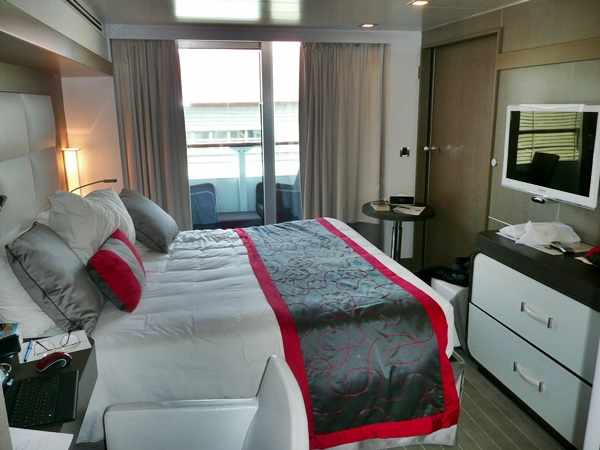Tuesday, April 30, 2013, Guernsey, Channel Islands
We had a disappointing announcement this morning. David Eisenhower had been hospitalized but is
now released. He’s not able to join us
for the lecture tonight and will not be on the beaches of Normandy tomorrow
with us. He and Julie will join us for
dinner tomorrow and he will lecture to us tomorrow night. Oh well….
This morning we had a lecture introducing us to the
phenomenal story of Juan Pujol Garcia, a self-made double agent during WW
II. To make a long story short, he
created an entire squad of German sympathizing Spaniards, French, and English
who didn’t exist, and fed surprising amounts of false information to the
Germans. They so believed in him that
they awarded him (quietly) the Iron Cross, and he is the only person to have an
Iron Cross and to have been knighted by the Queen of England! Meanwhile, British intelligence took him in,
and helped him feed substantial false information to the Germans. He was instrumental in directing German
military assets away from the Normandy invasion and may, single-handedly, have
been responsible for the failure of the Germans to repel the invasion! It’s an amazing story and one of which I knew
nothing.
Following lunch we went on a visit to Guernsey in the
Channel Islands which had two purposes.
One was to introduce us to this wonderful and beautiful island,
semi-autonomous (but very English). The
political history is fascinating; suffice it to say that each of the Channel
Islands is an autonomous republic, sort of part of the EU, but only as an
affiliate, and Guernsey has its own currency and stamps (although it also uses
British pounds). Anyway, the small port
town of St. Peter is lovely:
And the island’s coast is beautiful:
The primary focus of our time on Guernsey was the German occupation,
from 1941-1945. It’s a strange
story. It is the only part of Great
Britain (although it really isn’t) which Hitler conquered and occupied, and as
such, he set out to defend it against attack.
The island is only 25 square miles, is not strategically important, but
Hitler spent enormous sums of money and stationed (depending on which story you
hear) 17,000 or 40,000 troops here. It
was referred to as Hitler’s folly, as the cost in men, in materiel to build all
of the bunkers around the periphery of the island, and in the support of such a
large contingent was stupendous. It was
so large that the allies thought it better to just let Hitler alone, spending
so much of his assets here that it detracted from his ability to wage war
elsewhere. The explanation for such a
folly is political and propagandistic: Hitler didn’t want to risk loss of his
occupation of part of Britain, and would spend anything to avoid it.
Here is an 18th century fort which the Germans
added bunkers to:
And here are other German instillations:
There is a wonderful occupation museum here, with treasures
including an Enigma machine:
And here is a motorcycle with side car:
Tomorrow we arrive in Normandy and will visit the beaches,
the American cemetery, and the Bayeux tapestry.



































